In the second of our Design for Life blog series, Joanna Choukeir and Roberta Iley present the six perspectives that define the life-centric approach to our mission-led work.
We experience life as a sequence of events. Highs and lows, expected and unexpected. Events are driven largely by behaviours, decisions and actions we make every day.
Behaviours are incentivised and influenced by the structures and policies that shape our society. Structures are a result of the mindsets and values that define how we make sense of the world and our role in it.
This theory was set out by Anthropologist Edward T. Hall in the 1970s in his Cultural Iceberg Model. A radical transformation of whole systems often requires paradigm shifts to occur at the deepest level of the iceberg; at the level of mindsets and cultures.
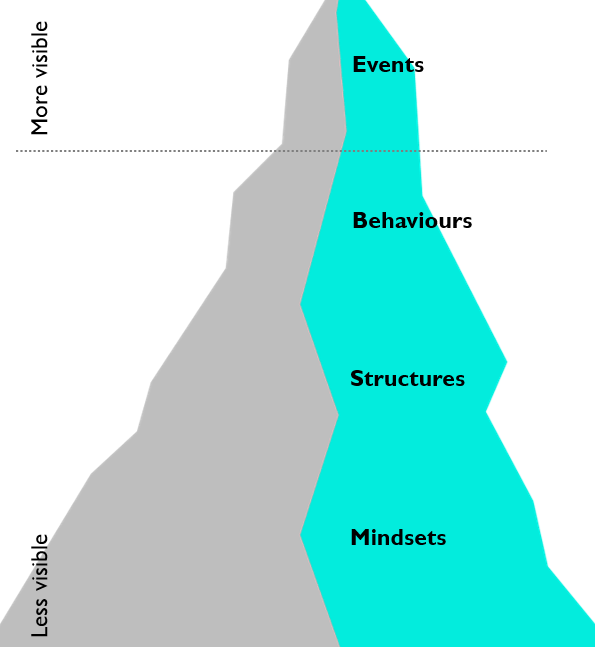
Mindset shifts
At The RSA, we are committed to unlocking everyone’s potential to transition from a world that is fragile, unbalanced and degenerative, to one that is resilient, rebalanced and regenerative. This is a world where our economic, social and environmental systems are both self and mutually replenishing for the long term. This is a systems-shifting agenda, and with that, we recognise that a shift in mindsets will be necessary.
Tracing back our steps to the 18th and 19th centuries, the prevalent mindset was that of product-centricity – or productivity – where a prosperous society advanced scientific, technological and manufacturing processes to create better, faster, cheaper products. This resulting prosperity however was often made at the expense of exploitative labour conditions, and extractive natural resource practices.
In the 20th century, with the arrival of the post-industrial revolution and the information age, a transition to service-based industries brought about a shift to human-centricity. A prosperous society was one where economic growth contributed to societal health and vice versa. More organisations, across sectors, started relying on both frugal and human-centric innovation, placing customers, workers and citizens at the heart of services to improve satisfaction, retention and social outcomes while increasing income and delivering efficiencies.
With the 21st century and the rise of the climate movement, we are witnessing yet another mindset shift, from human-centric to life-centric. We are reconnecting with the environment and relearning that we as a society, and the economy we have created, are part of the ecologies we rely on for our survival on this planet. It has never been more important to fundamentally reset our relationship with our planet. Prosperous societies depend on prosperous ecologies and drive prosperous economies that regenerate the whole.
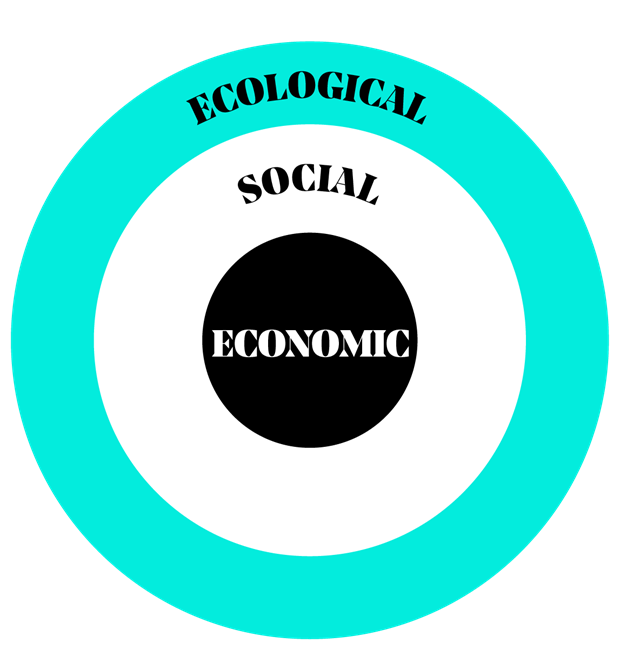
Six life-centric perspectives
We are on a journey to explore this life-centric mindset and embed it across our mission-orientated work. Our research and innovation approach which is shaping the Design for Life mission surfaced six core perspectives that define this mindset. The perspectives are the different ways that we think about regenerative change – a change that is conducive to life. The perspectives are inspired by living systems principles, including but not limited to the work of these people and institutions:
- Donella Meadows
- Daniel Christian Wahl
- Janine Benyus
- Regenesis Institute
- Roman Krznaric
- The Long Time Academy
- Cassie Robinson
- Jenny Andersson
We refer to them as perspectives rather than principles to leave space for emergence over rigidity, and to invite a critical approach to application over complaisance.
1. Systemic
We see and change systems in nested, interconnected, and reciprocal ways: economic, social, and environmental.
Systemic thinking has gained significant traction in recent years and is an approach to seeing and working with the interconnectedness of the world around us. This is critical for working with complex realities when supporting change. However, this perspective needs to fundamentally recognise that we exist as part of a living system. This changes how we understand the co-evolving interactions occurring in our systems and recognises that our economic system is nested within and in service of our society; and that, in turn, is nested within and in service of our planetary systems.
2. Imaginative
We draw on our capacity for the imagination to create hopeful alternatives to the reality we know.
Imagination is critical for seeing the potential and the abundance in a system, rather than just the problems and the deficit. Only by seeing potential can we create transformative innovation that reimagines the systems around us. In addition, we need to use our imagination to not just reimagine better, more circular clothing, food, transport systems etc but to fundamentally reimagine our relationship with the planet so we can live in tune with natural cycles and support the flourishing of all life.
3. Adaptive
We recognise change is living as we design, iterate, grow and release to improve ways forward.
Taking an approach of experimentation and enabling systems to be resilient in the face of a changing context is very important within the increasingly complex and turbulent world. In addition, seeing ourselves as part of a constantly changing, evolving, growing (as well as dying and decomposing) living system brings a different emphasis. It puts the focus on supporting adaptive or evolutionary capacity in everything we create, rather than just preventing impacts.
4. Collective
We bring the wisdom and diversity of the collective - from social to ecological ingenuity - to transform whole systems.
Many are starting to recognise the value of collective approaches that draw on diverse perspectives and especially engaging those who have been traditionally marginalised. This is very important for rebalancing power structures and seeing ourselves as interdependent on the wider communities we are part of. In addition, we also need to see ourselves as part of places and wider ecosystems, incorporating non-human perspectives and drawing on the wisdom of nature’s evolutionary insights to benefit from the research and development that has been happening for over 3.8 billion years of life on the planet.
5. Long-time
We hold a long-term view of success and consequence, beyond this generation, to leave the world in a better place.
There are increasing calls for a ‘long-time’ mindset that recognises the consequences of our actions over a longer period. This is important for recognising our responsibilities to future generations and gaining perspective around change across multiple time horizons. In addition, in the context of the sixth mass extinction, this also needs to consider the legacy of our behaviours today for all forms of life, beyond humans.
6. Authentic
We grow from the abundance and authenticity of place and context; people, assets, heritage, climate, biodiversity and culture.
Working with the unique context and potential of people and communities is critical for achieving meaningful change and long-lasting impact. In addition, we must also recognise that the specific places in which we live are part of our unique web of life and have shaped the communities and people living in them today. This requires a holistic approach to how we understand and work with each local bioregional context to create change at a planetary scale.
From why we are here to who we are
These Design for Life perspectives underpin:
- Why we are here as a social change organisation
- What we work on towards our mission
- How we work with others
- Who we are
They also foster our inner development and learning as a community of colleagues, Fellows and partners. Between January and March 2023, all RSA staff went on a regenerative learning enquiry hosted by Jenny Andersson. It sparked an ongoing commitment to growing these mindsets and the capacities and capabilities they unlock among teams. As a learning organisation, we see these perspectives continuing to grow and evolve as our understanding of how to bring about a regenerative world matures.
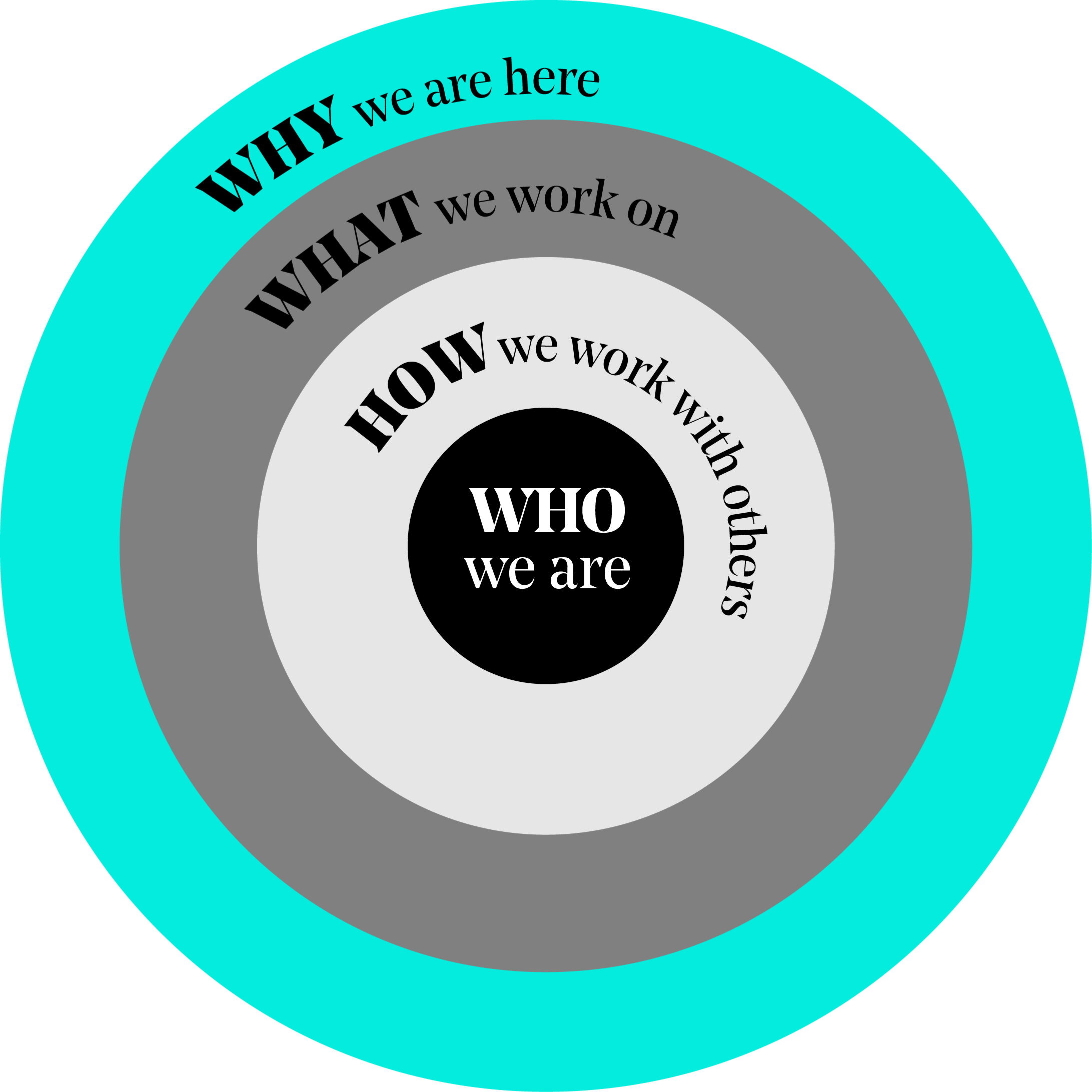
How might our economic, social and environmental systems transition if we all brought these perspectives to bear into our learning, work, organisations and communities?
What if everything we did centred on life, creating the conditions for all life to flourish for people, places and planet?
Do some of these Design for Life perspectives show up in your work? Select the perspective most prevailent in your work using the poll and let us know about your project and how it complements our mission. Expand in the comments box below.
Related articles
-
Capitalism and its many flavours
Blog
Andy Haldane
RSA Chief Executive Andy Haldane argues that capitalism has an important part to play in the flourishing of people, place and planet.
-
Life-centric from human-centric: a shift in mindset
Blog
Roberta Iley
In our second Anthropy round-up blogs, Head of Regenerative Design, Roberta Iley, links the discussions she took part in at the Eden Project with our new capabilities enquiry.
-
Regenerative organisations: the time is now, the place is here
Blog
Joanna Choukeir
Regenerative organisations are vital to our regenerative future. The time is now for the RSA to emerge as such an institution.


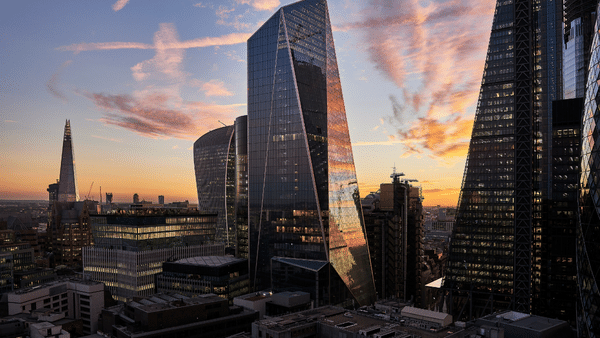
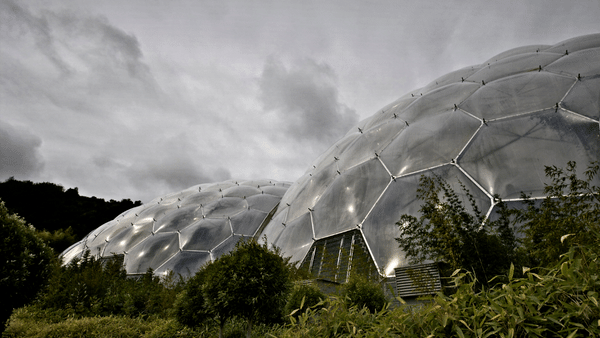
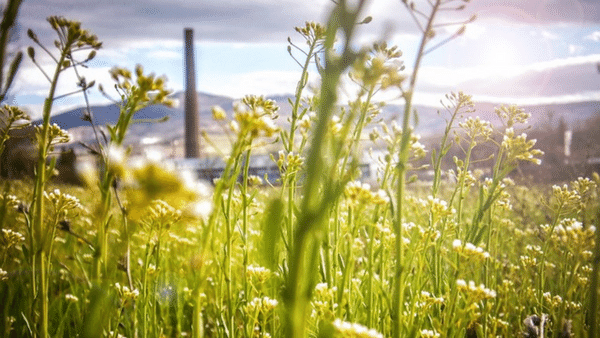
Join the discussion
Comments
Please login to post a comment or reply
Don't have an account? Click here to register.
Dear Joanna and Roberta, There is a flaw in your section on imagination - "We draw on our capacity for the imagination to create hopeful alternatives to the reality we know". This is not the most helpful way to use our imagination. The most constructive use of imagination is to build powerful foresight which builds on reliable hindsight, thereby creating realistic expectations and wise decision-making. I have been working on the 'Beyond Growth' socio-economic paradigm shift for four years. My work steers a path through the powerful emotions that are involved in accepting the reality of man-made climate and ecological collapse and designing collective strategies that will achieve maximum mitigation as rapidly as possible. My latest paper will give you a flavour of how one can use a powerful imagination to create a realistic strategy going forward; it is accessible from this link https://poemsforparliament.uk/ee
What an amazing blog; I enjoyed every single part. It resonated with my work and how I think we need to change and shift our ways of working and collaborating, especially in my field of working with coffee communities.